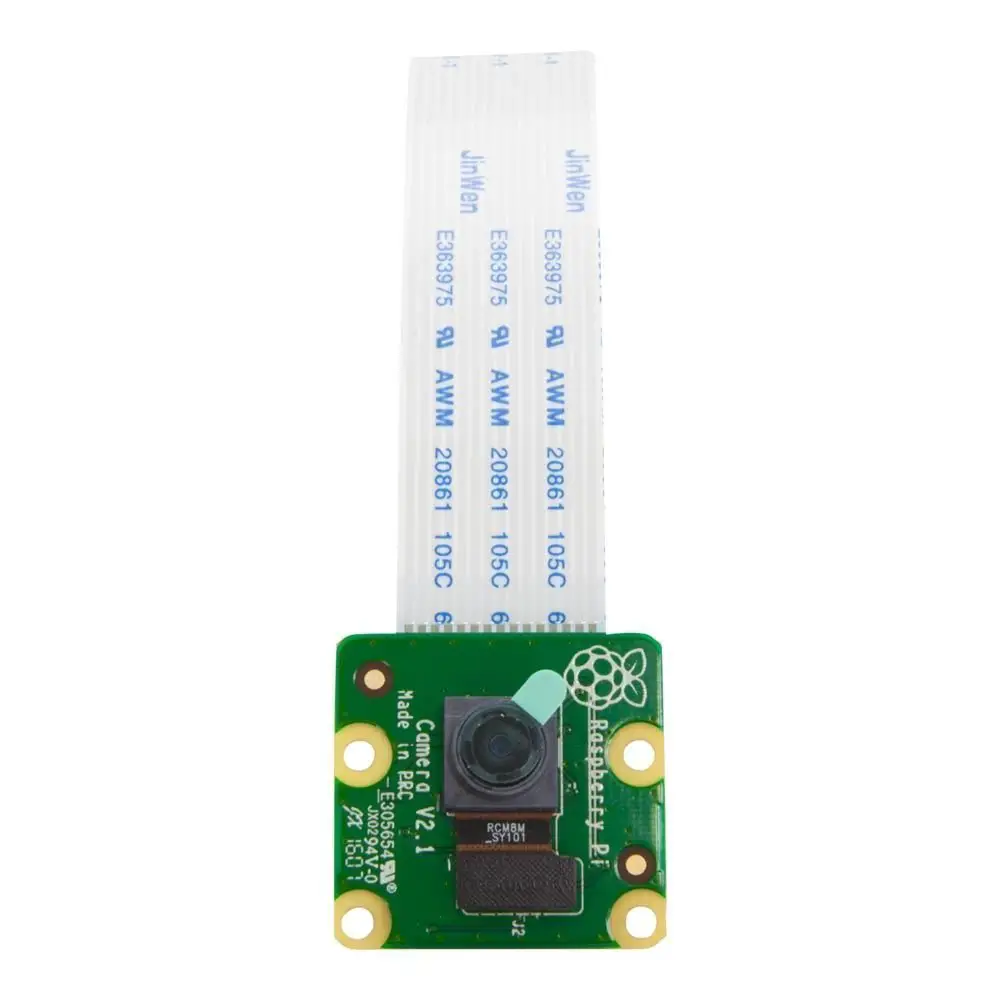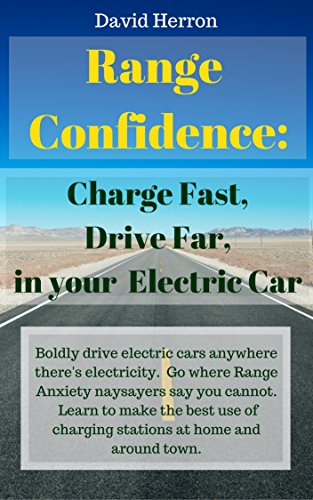Pages with tag Photography
- A quick guide to buying the best SD card for a digital camera to shoot movies
- Canon introduces a new mirrorless digital camera, Canon EOS M5, 24 MPixels of goodness
- DIY Convert Canon SX530 to full spectrum and infrared photography
- DIY Convert Lumix DMC-ZS3 for infrared or full spectrum photography
- Editing infrared photos with Graphic Converter, Gimp and the like
- How to convert a cheap digital camera into a night vision camera
- How to detect if your camera can see infrared light
- Shooting (pictures of) the moon with a digital camera
- Shooting infrared photography at night, or by moonlight
- Sony's new QX10/QX100 cameras are a marriage between Internet and high-res Photograph
- The history of infrared photography
- What is infrared photography, and what is it used for









